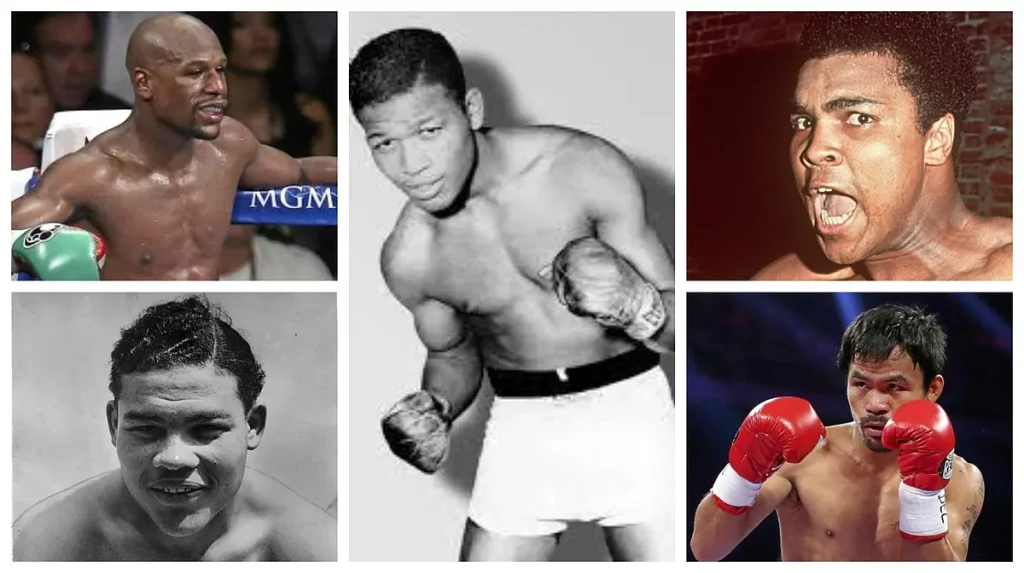
History Of Boxing: How It Changed
The earliest reference to the use of boxing gloves can be identified in relief carvings found in Sumeria, which date as far back as the third millennium BCE.
References to boxing have also been found in ancient Egyptian relief carvings dating to the second millennium BCE. These reliefs display fighters fighting with bare hands in front of observers. In the early 1920s, an archaeologist by the name of Dr. E.A. Speiser found a stone tablet while digging in Baghdad, Iraq from the Mesopotamian era that illustrates two fighters preparing for a fight. It is believed that the tablet is roughly seven thousand years old. The use of gloves didn’t come into being until circa 1500 to 900 BCE on Sardonia and Minoan Crete.
In ancient Greece, Homer wrote of boxing in the “Iliad” dated circa 800 BCE. Alternative legends suggest that Theseus, a Greek Ruler, had created a competition similar to boxing circa the ninth century BCE where opponents would be seated as they delivered blows to one another with the fists; these fights allegedly continued until the death of one of the fighters. The Greeks introduced boxing into the Olympic Games circa 688 BCE, but at the time, the game was referred to as Pygmachia or Pygme. Fighters would practice on korykos, otherwise understood as early forms of the punching bag. During the fist fights they would don on himantes, which were leather straps that were fitted over the breast, wrists, and hands.
History Of Boxing: How It Changed
When the Romans became the dominant culture, there proved a waning interest in hand to hand combat and fist fighting. Nevertheless, between the twelfth and seventeenth centuries, there is some evidence that fist fighting continued in various regions of Italy. In ancient Rus, there was a sport similar to boxing simply identified as Fistfight. While there was a waning interest in the sport of boxing after the sword became a popular weapon, interest was clearly renewed when some people got involved with fencing that involved techniques using the fists.
By the eighteenth century, boxing became popular in regions of England and involved bare knuckled combat. The latter form of fighting was identified as prizefighting. The first prizefight occurred in the early 1680s. James Figg proved the first champion of the sport from England in the year 1719. Around the same time, prizefighting became known as “boxing.” These competitions varied greatly from contemporary boxing matches and included fist combat, cudgeling, and fencing. A year later, the first boxing competition was recorded as having occurred in Britain between the Duke of Albemarle, Christopher Monck, and his butler; the latter of which proved the winner.
In the earliest days of the sport, boxing was a free for all with no regulations in place pertaining to match length, equipment use, or practical safety considerations. At this time the games lacked any kind of referee and no time limitation was placed on matches. It wasn’t until the 1740s, with the creation of boxing rules that those that participated in the competitions were beginning to focus on safety. Jack Broughton, a bare knuckle fighter devised the Broughton Rules in the year 1743, which proposed that when an opponent was down for a count of thirty, the fight ended. His rules also asserted that striking a fighter that was down or that striking the opponent anywhere below the waist was forbidden. Broughton is also cited with the creation of mufflers which were the predecessors to the modern day boxing gloves used today.
Modern Day Boxing
By the late 1860s, John Chambers had drafted the Marquess of Queensberry Rules for boxing. The rules were created for competitions being hosted in London for amateur boxers; the regulations were actually formed due to the Marquess of Queensberry’s patronage, hence the name of the rules created. By the year 1882, a court case determined that bare knuckled fighting was considered an assault, regardless as to whether or not those that participated in the fights did so willingly. The landmark case of R v. Coney therefore led to the end of public bare knuckle fights in England.
In 1892, Jim Corbett proved the first heavyweight boxing champion that fought under the regulations set forth in the Marquess of Queensbury Rules. The match was between Corbet and John L. Sullivan and was hosted in New Orleans at the Pelican Athletic Club. During the twentieth century, men participating in boxing continued to try and make boxing a serious and legitimate sport. A number of professional boxing associations were eventually established to further regulate the sport and to make the practice as safe as possible.
Today there are amateur and professional boxing matches. Of the two types of boxing, the professional matches tend to last a lot longer as they can run anywhere from ten to as many as twelve rounds. This is a significant change from the matches conducted during the early twentieth century where there was no limit placed on the rounds in a match. Later, championship matches were limited to as many as fifteen rounds. However, following the death of Duk Koo Kim, the matches were then reduced to a total of twelve in the 1980s.

